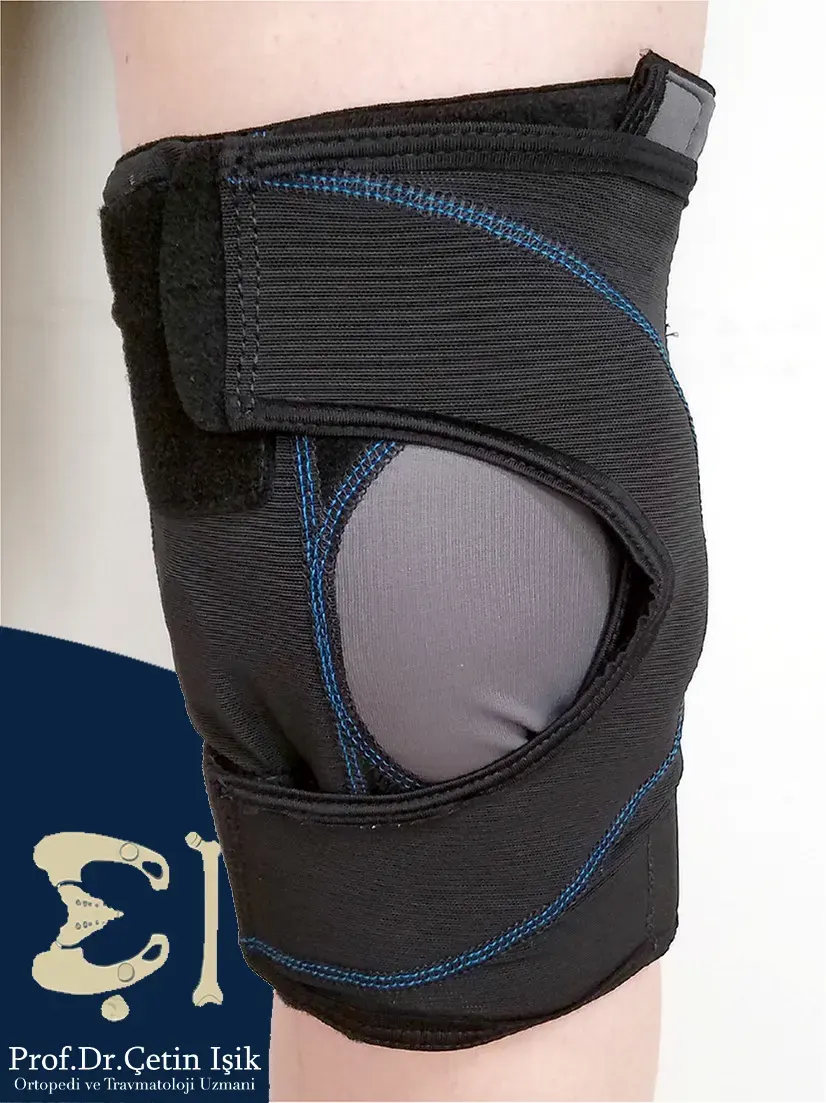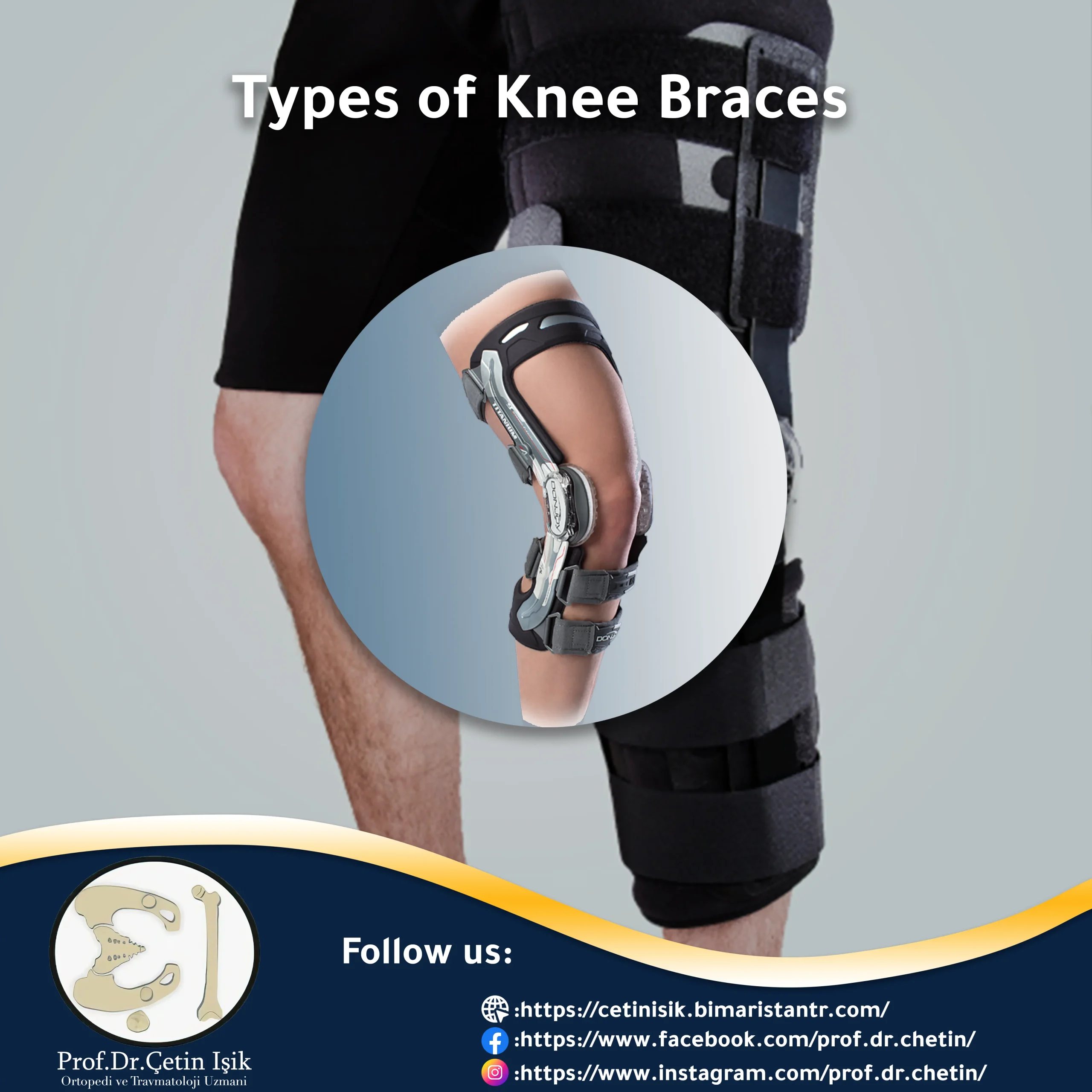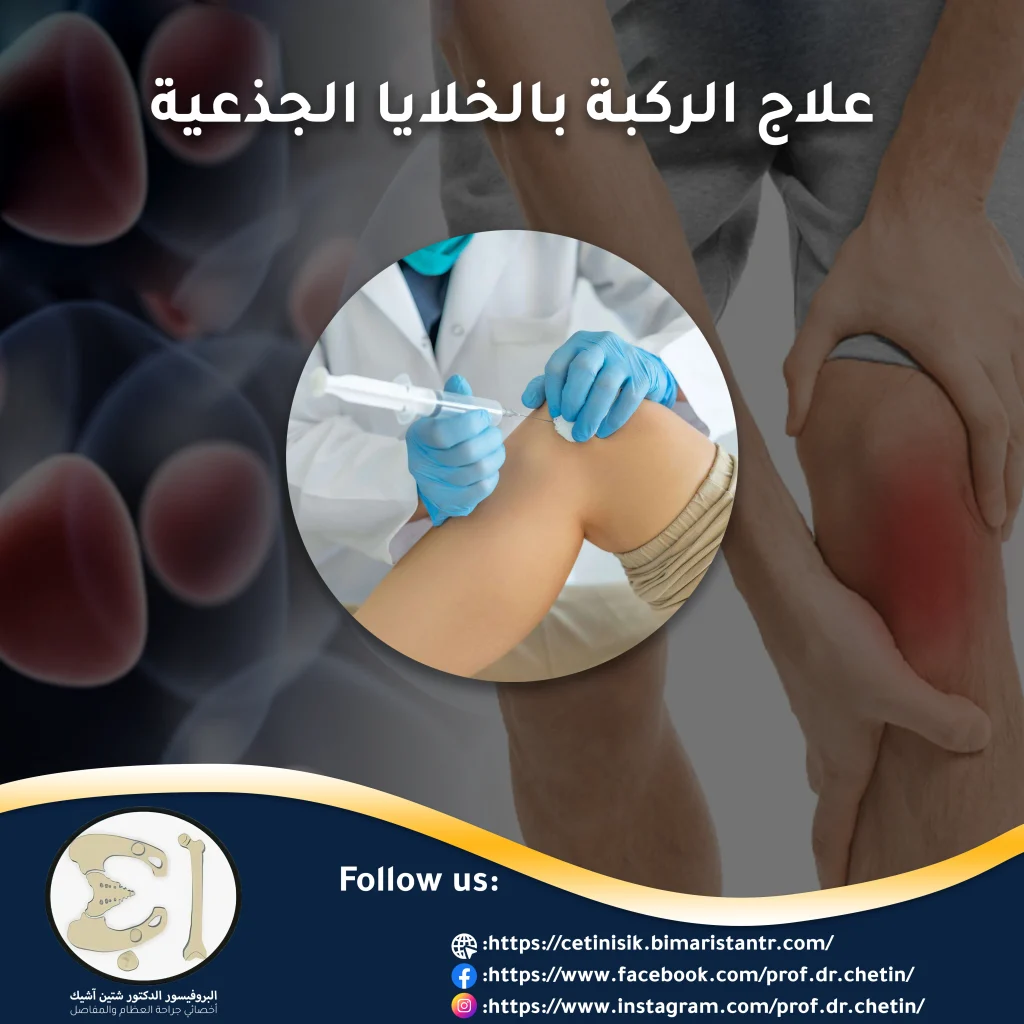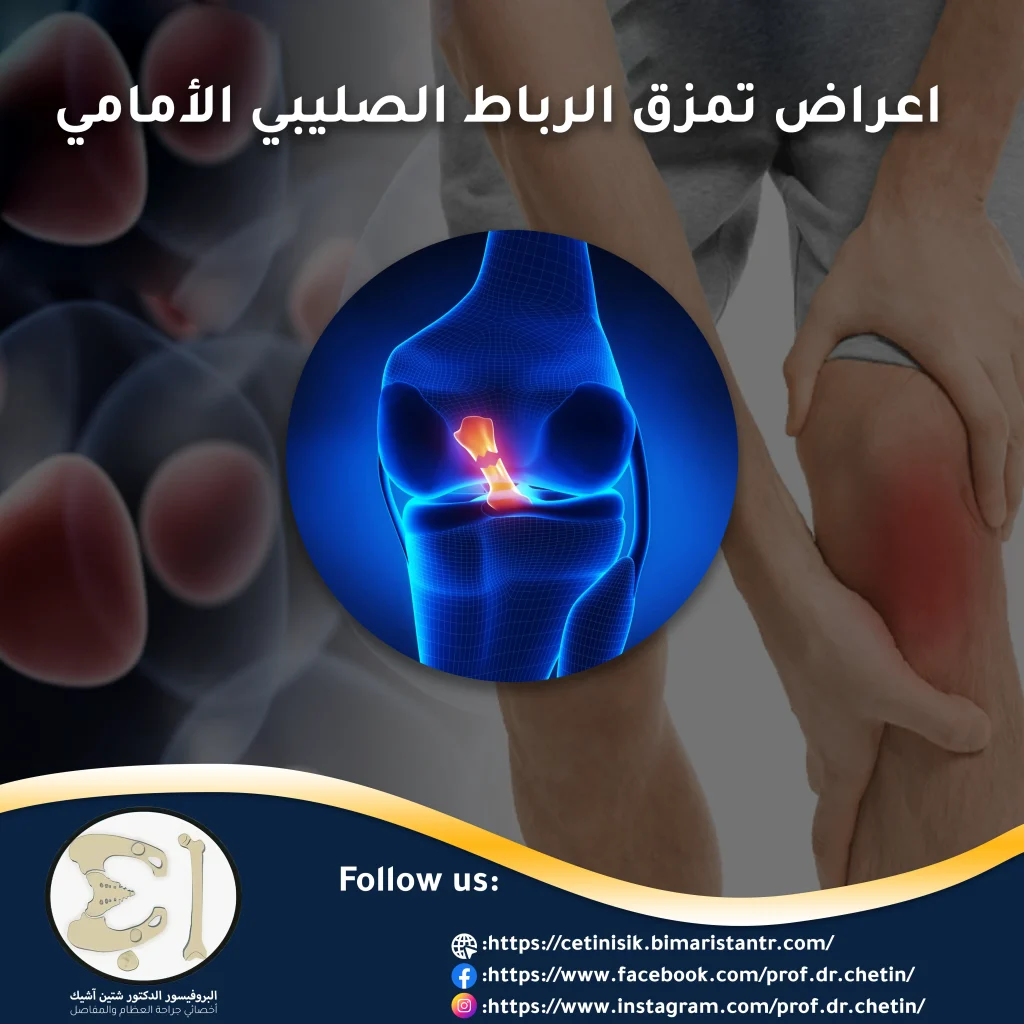Knee braces have gained tremendous popularity in the recent period, as they are an alternative to knee replacement surgery, which suffers from many medical problems. Medical knee braces work similarly to a waist corset.
What are knee braces?
Corsets or knee braces are worn by people who suffer from pain or discomfort in their knees, as the brace helps maintain stability in the knee and prevents new injuries.
The knee brace applies tension from three different sides around the joint to reduce the pressure applied to it. Most people can use any knee brace without needing the expensive type and with good benefits.
There are no studies to support the use of an expensive material or reputable brand, so a mid-quality brand may be the best medical option for treating your knee.
People who need medical knee braces
Before we get to know the types of knee braces, it is necessary to understand the knee problems that require resorting to the use of this type of treatment, as it is common to wear a brace or corset in the case of:
- Recovering from knee surgery
- During exercise preventively to avoid injury
- The ligament relieves knee pain after injuries
- Pain caused by joint stiffness
Some knee braces can be used for a long period of time, up to several months. On the other hand, there are types of braces that are used only during exercise, and the choice usually depends on the patient’s desire and the doctor’s advice.
The knee plays a vital role in supporting the body as it absorbs most weight applied to the feet while standing.
- stress
- tears
- Synovial bursitis
- : Degenerative arthritis
- Knee ligament inflammation
- ACL tear or lateral
- Arthritis of the cartilage
- Ligament tears
- knee fractures
- Posture problems
Types of knee braces
In short, the medical corset is used to improve the condition of the patient Osteoarthritis. In the knee, stabilizing the joint between the bones, in addition to treating ligament problems and ensuring the recovery of the knee after accidents.
There are many options that you can use for the knee, and choosing the best brace depends on the condition you suffer from and the injury that sometimes requires professional medical intervention. Let's get to know the 6 most important types:
First: braces for knee arthritis
There is a special type of knee brace that is currently used to reduce the patient's pressure on the osteoarthritis part of his knee, which is usually from the inside, where it is called a corset. Spiritual knee medial unloading knee brace.
Using these types of braces has many benefits, as it has been shown to be better than conservative treatment alone in reducing pain and improving the knee’s motor function. a British study that involved women found that wearing this type of knee brace for six months contributed to reducing the need for knee surgery that suffers from pain and swelling resulting from chronic osteoarthritis.
Second: the sports knee corset
The types of sports knee braces are commonly used among young people, especially those who suffer from Patellar instability Or the kneecap, where these ligaments are made of stretchable materials with special strips around the kneecap to maintain its stability.

The scientific evidence for using a medical knee brace during sports is still weak, but many professional athletes recommend its use, especially for those who suffer from a slipped kneecap.
Third: knee braces for the elderly
Most elderly suffer from knee pain due to osteoarthritis or excessive stress, and they can benefit from most types and items in the market without a problem.
The active elderly and those who practice jogging and other sports can use a special and small knee band that tightens the patellar ligament, which suffers from severe pressure when running and jumping.

Fourth: knee compression ligament
There are special types of ligaments used in the case of fractures and dislocations, which are the compressive ligaments that stabilize the knee, its muscles, and ligaments. These ligaments are usually made of durable and stable materials that help in providing structural support effectively.

Fifth: Electronic knee braces
Recently, special types of medical girdles have been available. Electrical circuits and robotic devices stabilize and warm the knee according to the need, based on artificial intelligence and many other advanced technologies.
The electronic knee brace may be an expensive option that is not available in some countries. Still, it is suitable for people looking for the best available option, regardless of the financial cost.
Sixth: Cruciate ligament splint
A distinctive type of knee brace that focuses on providing support and protection for the medial cruciate ligament, especially if it was previously ruptured or operated on.
Benefits of different types of knee braces
There are no confirmed scientific studies on the effectiveness of different types of knee braces for the treatment of osteoarthritis. Some people may benefit from wearing a brace, while others may not.
Benefits of a knee brace
The benefits of wearing a knee brace are:
- Straighten your kneeKnee braces keep bones straight and help distribute weight evenly and comfortably to the knee.
- Relieve painIn the event that you suffer from osteoarthritis, different types of medical knee braces may help relieve symptoms and do exercises.
- Allow the ligaments to heal: Especially when using a fixed corset or a splint, as this prevents the knee from moving, as it recovers from injuries or surgeries faster.
Knee compression brace benefit
The compression ligament of the knee helps in providing mechanical support to the joint in addition to improving the blood flow to the muscles, which prevents knee stiffness and durability. Finally, it reduces swelling after an injury and acute injuries that prevent movement properly.
Knee brace Side effects
If your doctor advises you to use a medical brace, make sure it fits snugly on your knee.
Some types of medical knee braces can cause joint pain in the patient's knee if not worn properly.
Knee brace harmful side effects
Wearing a knee brace can cause the following problems:
- The feeling that the knee is heavy, large, and hot at first, and the corset may slip sometimes.
- Skin sensitivity may occur at the knee brace site where the skin becomes red and may swell.
- Sometimes it may not be useful to put a ligament to treat your knee, in which case the brace will be a waste of time and effort.
- might happen Knee stiffness Who may mistakenly believe that the leg is injured and will not move it for a long time, which may cause it to become stiff.
Sources:
- Cleveland Clinic
- Bimaristan Istanbul
- American Academy of Family Physicians
- WebMD
- National Library of Medicine
Common questions
If worn correctly, the brace provides many benefits, the most important of which is maintaining the stability of your knee and giving you enough confidence to use it without fear.
Many different knee ligaments carry distinctive brands, but what determines that the ligament is suitable is that you are comfortable when using it and that it gives you good results.
A medical knee brace should be worn only when recommended by an orthopedic doctor, as it may cause pain and skin irritation when misapplied without the doctor’s supervision.
Severe pain in the knee, followed by loss of stability when moving, swelling, and limited movement and crackling after a period of time.
There are basically four ligaments: the anterior cruciate ligament, the posterior cruciate ligament, and the medial, and lateral ligament, and all of them are important and necessary for the stability of the knee.
One of the most important ligaments in the knee, it prevents the femur from slipping on the leg and is commonly injured by athletes when stopping suddenly and changing course quickly.




